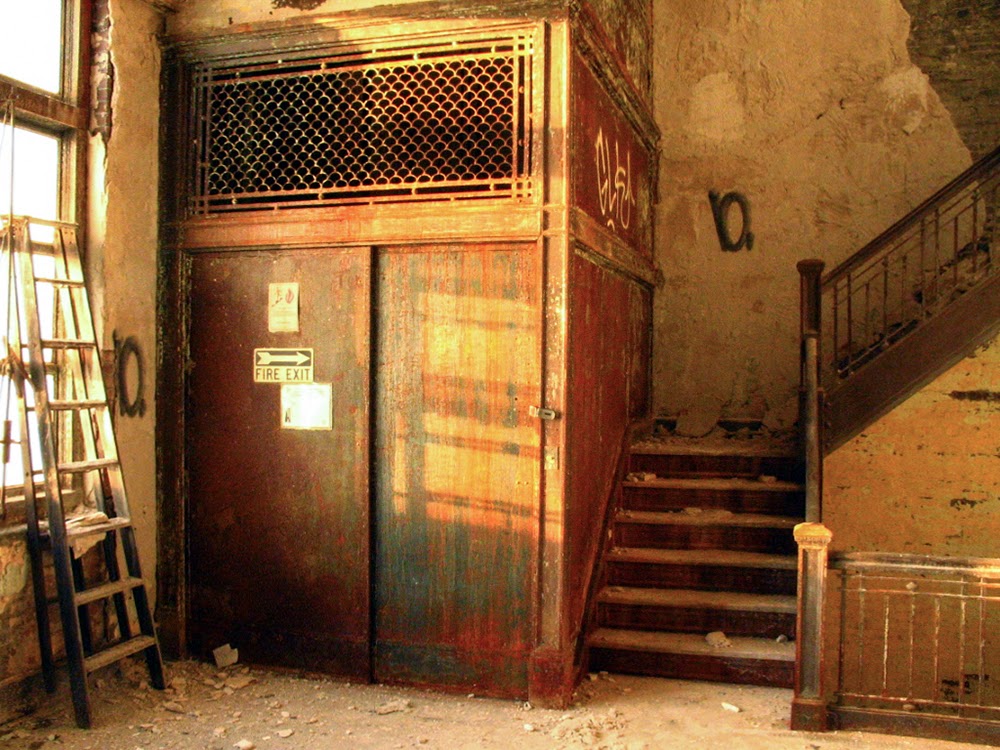Documenting A Decade of Destruction
March 13, 2015 -
Ten years ago today, I decided to explore an abandoned powerhouse in Long Island City. It was not my first time inside an abandoned building, but it was the first time I purposefully brought a camera with me to photograph the space. Roaming through the old structure, into empty offices, dusty tennis courts, 275-foot smokestacks, and a turbine hall with a missing roof, I captured the initial images for a documentary project that has continued throughout the past decade.
125,000 photographs later, this project is still evolving and expanding. Begun as an attempt to document the rapid destruction of New York City's industrial heritage in the new millennium, this growing collection of photographs cohered two years later into a series of photo essays, published online once every two weeks since March 13, 2007. There are now 170 original photo essays in this series, documenting New York City's abandoned and industrial edges on this website, and at my Curbed column Camera Obscura, which began in 2012.
Over the years, the focus of these essays has changed from Urban Exploration adventures inside post-industrial ruins, to portraits of decaying and demolished neighborhoods, to considerations of how humans are altering the natural landscape, especially along the waterfront. Ultimately, the project has grown to become a large scale portrait of the specific effects of the Anthropocene Era within New York City, chronicling the permanent impact of humans on the environment, from the industrial revolution to today.
The Long Island City Power Station, built in 1906, was a coal powered facility that ceased operations in the 1920's and became home to the Schwartz Chemical Company in the 1950's. Shortly after I visited it, the building was partially demolished, like many of the city's other century-old powerhouses, refineries, silos, factories, warehouses and garages, which I have also photographed. Yet even as the aging structures of the industrial revolution are swept away from the American landscape, the ongoing impact of the pollution caused by human activities continues to shape our future. Radiation, oil spills, chemical waste and sewage overflows are all daily realities in New York City, and are helping to cause the sea level rise that will bring more storms like Hurricane Sandy.
In the context of human history, or of a geologic era, 10 years is nothing. But within the past decade, an enormous amount of change has occurred, both in the built environment and in our understanding of the impact we are having on the globe. In the brilliantly illuminating book "The Sixth Extinction," published in 2014, Elizabeth Kolbert explores the meaning of this period of time, as it exists within the Anthropocene, the current geological era that is only now being recognized: "Even a moderately competent stratigrapher will, at the distance of a hundred millions years or so, be able to tell that something extraordinary happened at the moment in time that counts for us as today. This is the case even though a hundred million years from now, all that we consider to be the great works of man - the sculptures and the libraries, the monuments and the museums, the cities and the factories - will be compressed into a layer of sediment not much thicker than a cigarette paper."











wait you mean history wont remember taylor swift? I for one will be on a spaceship orbiting the crab nebula, playing her records.
ReplyDelete